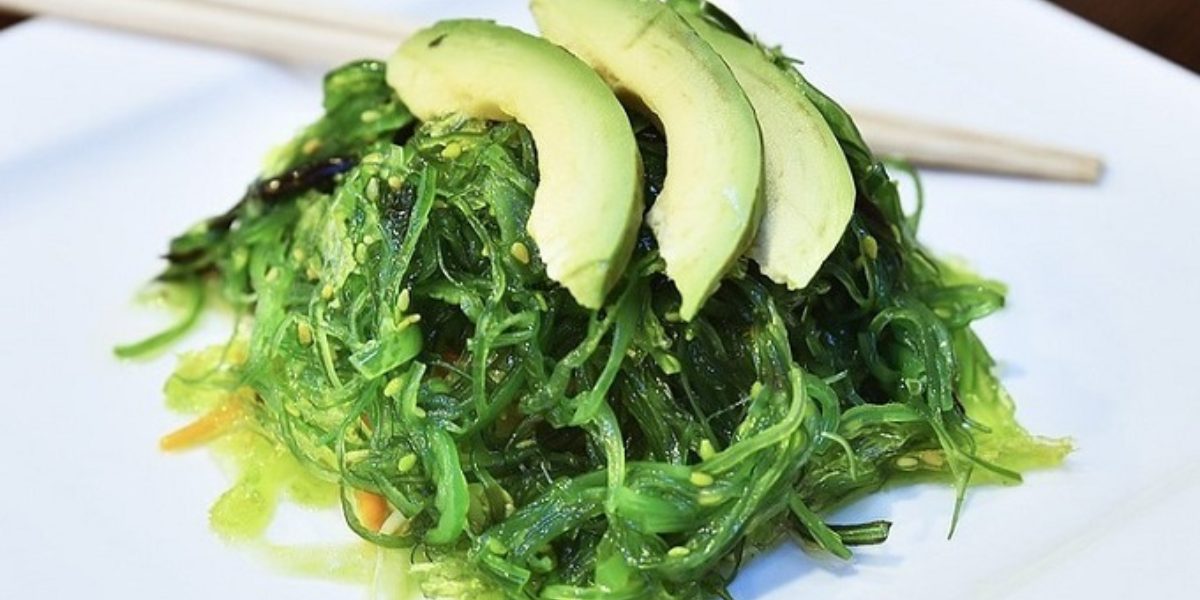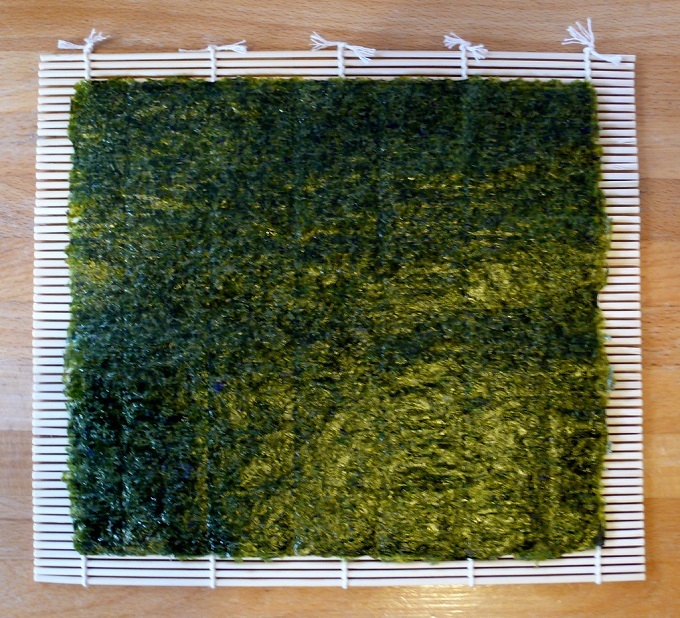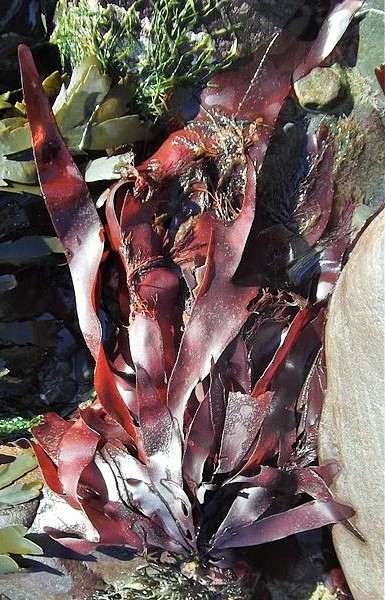
Types of Seaweed and How to Use Them
Seaweed is a nutrient-dense, saltwater-dwelling plant. And like plants, seaweed comes in all different sizes, shapes, and colors, lending itself to a wide array of culinary uses.
There are over 35,000 species of this marine algae to date, but most seaweeds fall into one of three categories: green, brown, or red. (Creative names, we know!) All three types have some things in common. None of them are known to be poisonous. Most are considered a culinary delicacy in many Asian countries. And, for culinary purposes, all three varieties may be purchased dried or fresh.

Nori
The most popularly consumed seaweed is nori, the type that is used for sushi. Coincidence? We think not. We’ve also seen seasoned nori sheets sold as snack food in the international aisle! Try your hand at making sushi at home. With the right tools (a bamboo mat), this seemingly daunting meal is actually fun!
Sushi at Home
Ingredients
| YOU WILL NEED: |
| Sushi rice |
| Assorted vegetables (we recommend cucumber, carrot) |
| Avocado |
| Assorted proteins (we recommend smoked salmon, cooked shrimp) |
| Bamboo mat |
| Plastic wrap |
| Nori (dry seaweed sheets |
| Reduced sodium soy sauce or gluten free tamari |
| Toasted sesame seeds (optional) |
| Sriracha chili sauce + mayo (to make spicy mayo, optional) |
| Wasabi |
| Pickled ginger |
Instructions
- Cook rice as directed on package. Season with rice vinegar and a small amount of sugar and salt. Fluff with a fork, remove from heat, and transfer to a bowl. Cover rice with a paper towel.
- While rice cools, finely cut up your veggies and proteins into matchstick-size pieces.
- Now you are ready to roll. To avoid a mess, cover your bamboo mat in plastic wrap and lay a piece of nori paper on top, shiny side down. Spread a thin layer of rice over the nori sheet. Place your toppings in a line at the top of the square or rice. Begin rolling slowly. Squeeze as you go between each roll to make sure the roll sticks together.
- Once rolled, top with avocado, smoked salmon, fresh fish, or condiments. You can make an easy spicy mayo from mayonnaise and sriracha.
- When you’re ready to enjoy, use a sharp chef’s knife to slice the rolls into ½-inch pieces and serve.

Wakame
You’re probably also familiar with wakame. Wakame is considered a brown algae. These strands are either dark green and silky, found in miso soup, or bright green and hair-like, used for seaweed salad. Try it in our recipe for Tofu Poke, Wakame Seaweed, Corn.

Dulse
Dulse is a reddish seaweed that was actually first harvested – surprise! – not in Asia, but in Scotland and Iceland. Dulse can be found flaked, shredded, or powdered and its bacon-like flavor works well in soups, marinades, and seasonings. Try using it in Traditional Irish Soda Bread.
Other types of seaweed are becoming more common in the Western world too. For example, blue-green algae ground into powder is popular in the health food aisle. You might recognize the names spirulina or chlorella from your swanky smoothie spot. Kombu seaweed is widely used in the stocks that are used for miso and ramen. It is also steeped into a Japanese tea called kombucha (different than the kombucha you’re probably familiar with).
+++
What We Were Talking About in 2018: Creating Customer Connections – A Case for Conference Centers
At FLIK Hospitality Group we believe in great food, great service, and great people. Our wellness first approach ensures our food supports healthy and delicious choices, specially curated by our team of culinary experts and registered dietitians. At FLIK, we believe in seasonality in sourcing our ingredients and providing a customized approach to the culinary and hospitality needs of each client. Our dedication to providing quality hospitality service is unparalleled in the industry.
Have feedback or questions for our team? Email us at flikblog@compass-usa.com.
Interested in working with us? Apply today!